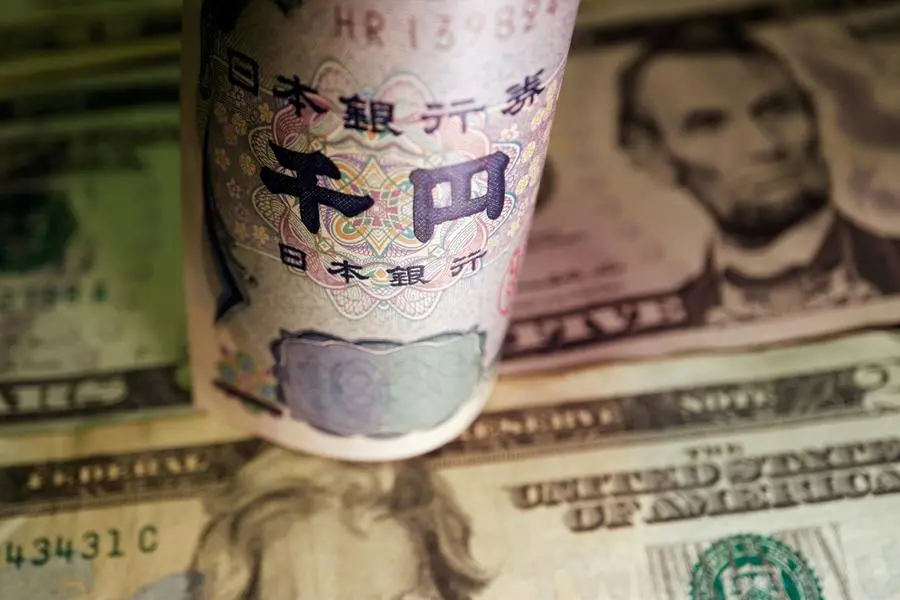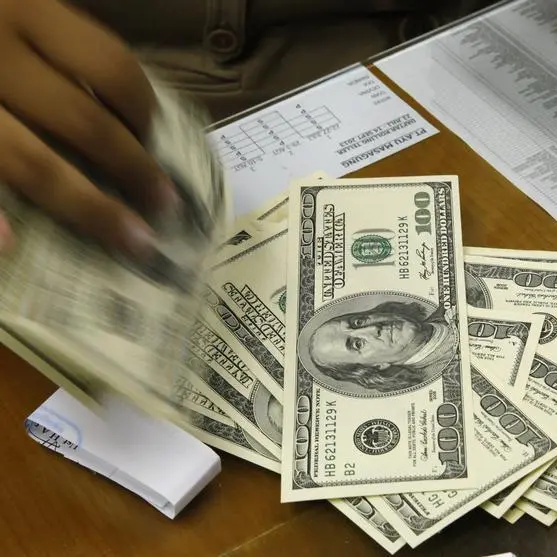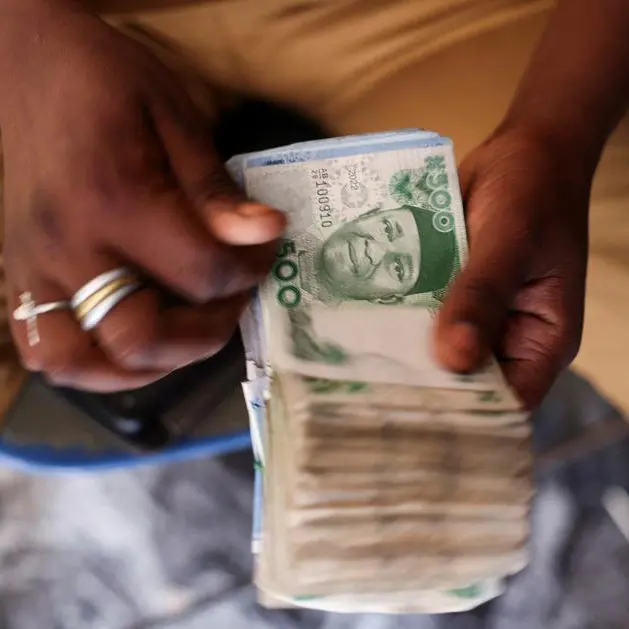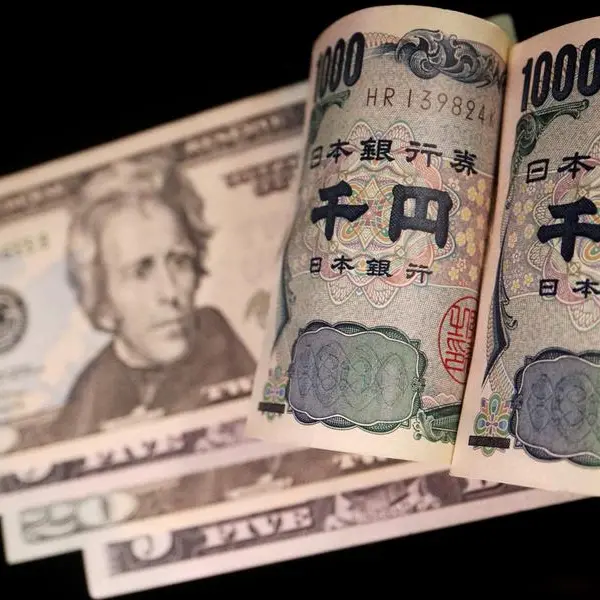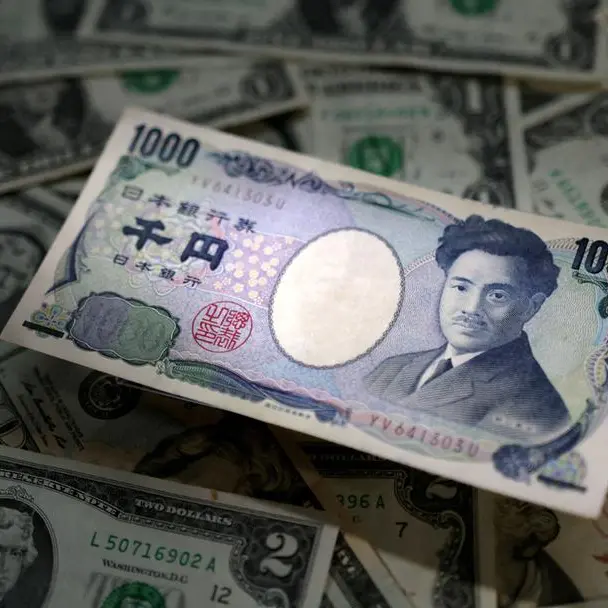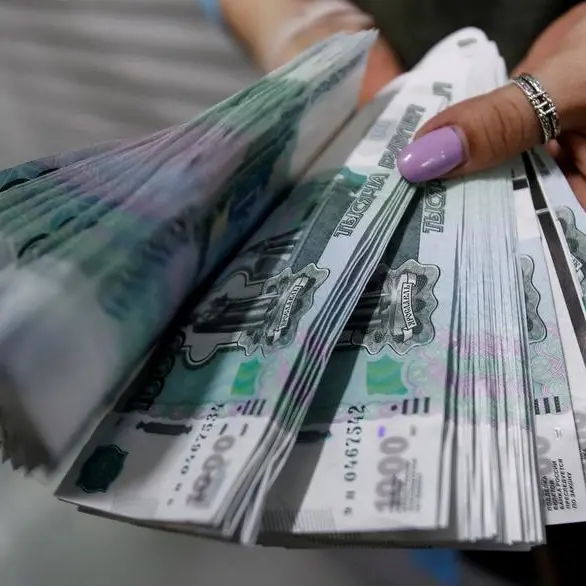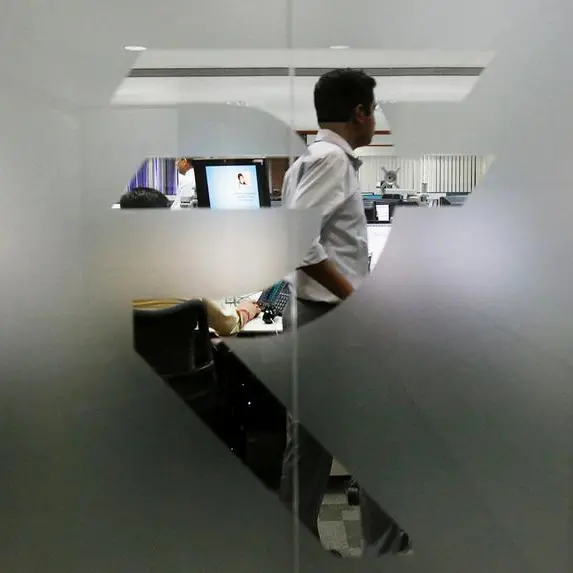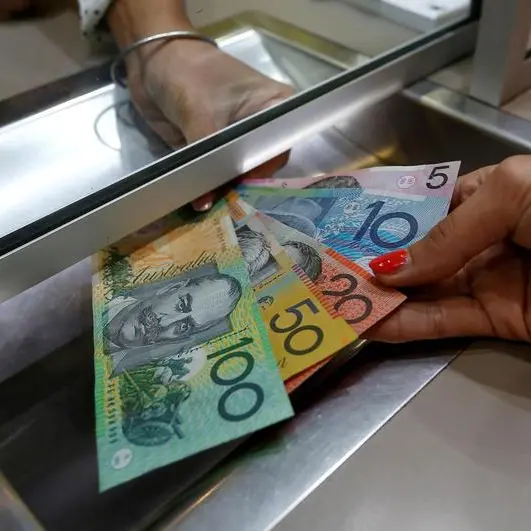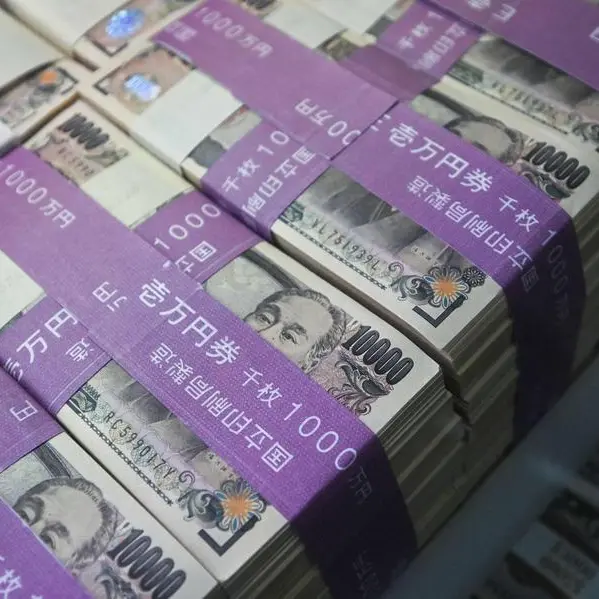PHOTO
SINGAPORE - The yen lost some ground after the Bank of Japan on Friday kept ultra-low interest rates and forecast that inflation will slow later this year - reiterating its dovish stance that runs counter to hawkish policies taken by peers globally.
As widely expected, the BOJ maintained its -0.1% short-term interest rate target and a 0% cap on the 10-year bond yield set under its yield curve control (YCC) policy.
The yen fell broadly following the decision and hit a fresh 15-year low of 153.97 per euro, extending a more than 1% slide in the previous session.
Against the U.S. dollar, the Japanese currency was last roughly 0.25% lower at 140.66 yen.
Investors are now awaiting Governor Kazuo Ueda's press conference (0630 GMT) for his views on inflation, the policy outlook and the yen's renewed declines.
"While the decision itself was not a major surprise, a few participants ... had expected a YCC adjustment, and the financial market reacted with higher stock prices and a weaker yen," said Hirofumi Suzuki, chief FX strategist at SMBC.
"The focus will now be on whether the YCC framework will be adjusted along with an upward revision to the inflation outlook at the monetary policy meeting in July."
Elsewhere, the euro was poised for its best week in months after the European Central Bank (ECB) raised borrowing costs to a 22-year high and signalled further rate hikes to come.
That and some soft U.S. economic data saw the dollar fall broadly as traders scaled back their bets on how high U.S. interest rates would need to rise.
The euro stood near a one-month high at $1.0942, having surged over 1% on Thursday following the rate hike and hawkish forward guidance from the ECB.
ECB President Christine Lagarde told a press conference that another rate hike in July was highly likely and that the central bank still has "ground to cover" to stave off high inflation.
"The biggest hawkish surprise was the upward revision to 2024 and especially 2025 inflation forecasts," said economists at Deutsche Bank in a note.
"Our baseline expectation is a final 25 bps hike in July to a terminal rate of 3.75%. The risks remain clearly to the upside."
Sterling rose to an over one-year peak of $1.2794 in early Asia trade and last bought $1.2784, as traders similarly ramped up bets that the Bank of England is likely to raise interest rates for the 13th meeting in a row next week.
FED HAWKISHNESS CHALLENGED
The ECB's monetary policy decision came a day after the U.S. Federal Reserve left interest rates unchanged, snapping a string of 10 consecutive rate hikes. However, the Fed also signalled that borrowing costs may still need to rise by as much as half of a percentage point by the end of this year.
But a string of data on Thursday had markets challenging that view, as economic activity in the United States slows and inflation cools.
Production at U.S. factories almost stalled in May as manufacturing struggled under the weight of higher interest rates, while U.S. import prices similarly fell last month.
A separate report from the Labor Department showed initial claims for state unemployment benefits were unchanged at a seasonally adjusted 262,0000 for the week ended June 10, above economists' forecast for 249,000 claims.
U.S. retail sales unexpectedly rose in May, however, as consumers stepped up purchases of motor vehicles and building materials.
The greenback slipped in the wake of the data releases and tumbled to a one-month low of 102.08 against a basket of currencies on Thursday. The dollar index last stood at 102.21.
In other currencies, the Australian dollar steadied at $0.6882, not far from near four-month highs of $0.6893 hit in the previous session.
The kiwi rose 0.02% to $0.6236.
(Reporting by Rae Wee; Editing by Edwina Gibbs and Kim Coghill)
